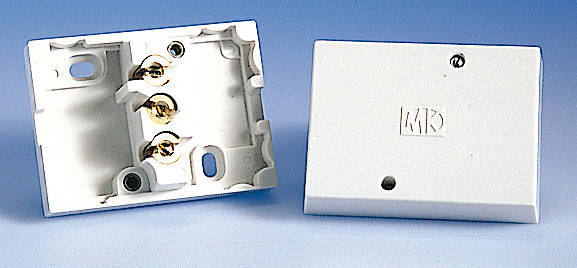I need to put a new socket in the middle of my room wall, basically directly in the middle of two existing sockets on either end of one wall.
I’ve had the floor boards up and the wire connecting both existing sockets runs right underneath where I need the new one. Are you allowed to tee into this with a maintenance free junction box to take feed for new socket or do you have to come from one of the existing sockets?
I’ve had the floor boards up and the wire connecting both existing sockets runs right underneath where I need the new one. Are you allowed to tee into this with a maintenance free junction box to take feed for new socket or do you have to come from one of the existing sockets?


